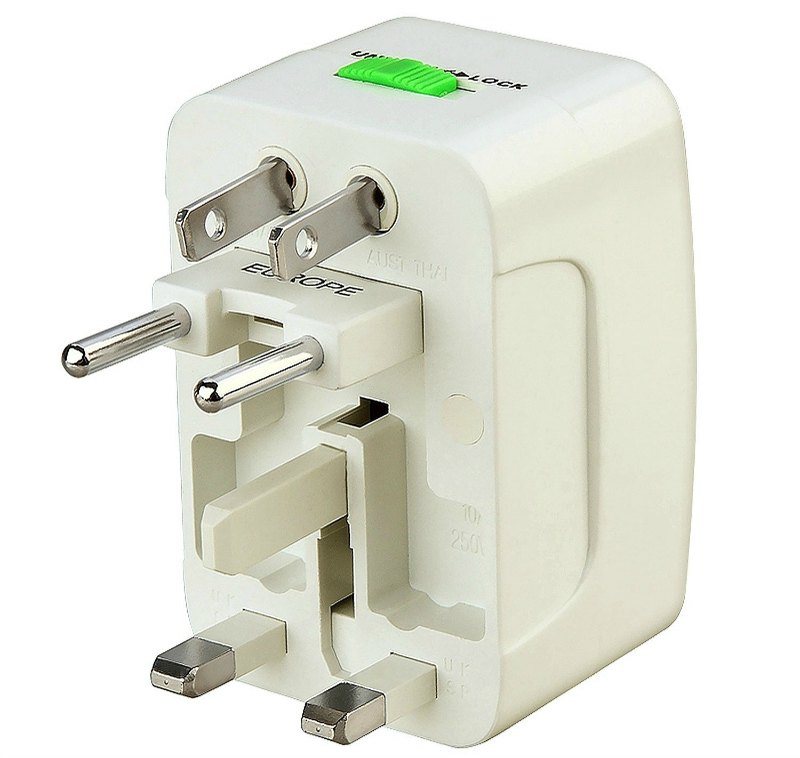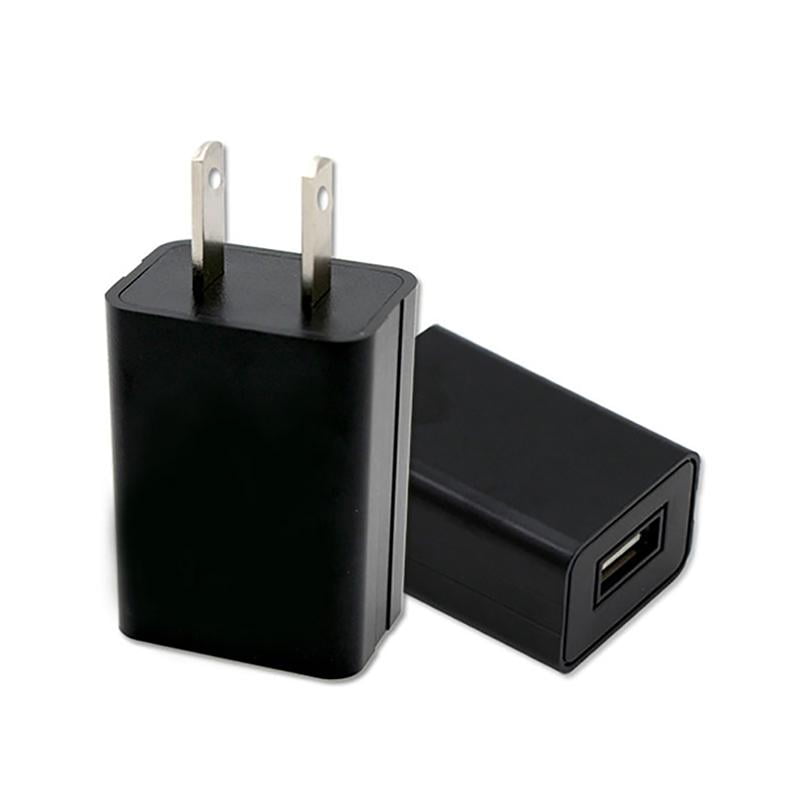

This is common for desktop computers and some hair dryers/curling irons/etc. Input: 115/230V 50/60Hz 200W - This means that the appliance can be switched between North America’s 110-120V and 220-240V. The device or charger adjusts itself automatically to whatever voltage it receives. It doesn’t matter if there is a difference in voltage from one country to the next. This device can be plugged in almost anywhere in the world. Input: ~100-240V 50/60Hz 65W - This means the device is compatible with multiple voltages. The input voltage is regularly shortened to “V” and it should look something like this: Where can you find the voltage requirements for your device?įind the electrical input specifications on the device/charger’s label, where the brand name and model number appear. You don’t want to burn your device or start a fire, after all.

That’s the standard across North America. If your device is from the United States or Canada, then it is compatible with Costa Rica’s voltage.
Phone charger plugs in mexico how to#
How to tell if your appliance is compatible with 110-120 volts If the voltage is less than Costa Rica, like in Japan, you’ll need a step-down transformer. When the voltage is higher than Costa Rica’s 110-120V, like it is in Europe, you’ll need a step-up transformer.

This means an adapter won’t be sufficient. Most devices in other parts of the world, such as Europe, are built for 220-240 volt electricity. If the socket is supplying 110-120 volts, then your plug will receive that same amount, even if using an adapter. Remember that plug adapters do not change the voltage, just the physical plug to outlet connection. and Canadian 120 Volt appliances and multiple voltage devices like laptops and cellphones will be fine with Costa Rica’s voltage. The standard voltage for electrical outlets in Costa Rica is between 110 and 120 volts AC. Here’s everything you can still do and enjoy in 2021! If you’re preparing for a vacation in Costa Rica, but aren’t sure what awaits you post-pandemic, take a look at this article.It’s always better for travelers to have it and not need it, than to need it and not have it. We do recommend bringing an adapter that works with your grounded and polarized plugs, just in case. In Costa Rica, you will find many outlets do accommodate polarized plugs and some that don’t. Polarized plugs have the left blade longer than the right, preventing the plug from being inserted upside down. North American appliance plugs usually have two vertical blades and one round grounding prong, which makes them compatible with Costa Rican grounded outlets. You will need an adapter to fit a grounding plug into an ungrounded outlet. Non-grounded plugs can fit into both kinds of outlets, while grounded plugs can only fit into the 3-hole outlets. Ungrounded plugs have two prongs while their outlets have two holes. Outlets made for this kind of plug have three holes. There are two outlet variations that may require an adapter: grounding and polarization. If your device has a North American plug, you probably won’t require any adapter in order to plug in your cables and devices. Electrical sockets (outlets) in Costa Rica are like the electrical outlets found in Canada, Mexico, and the U.S.


 0 kommentar(er)
0 kommentar(er)
